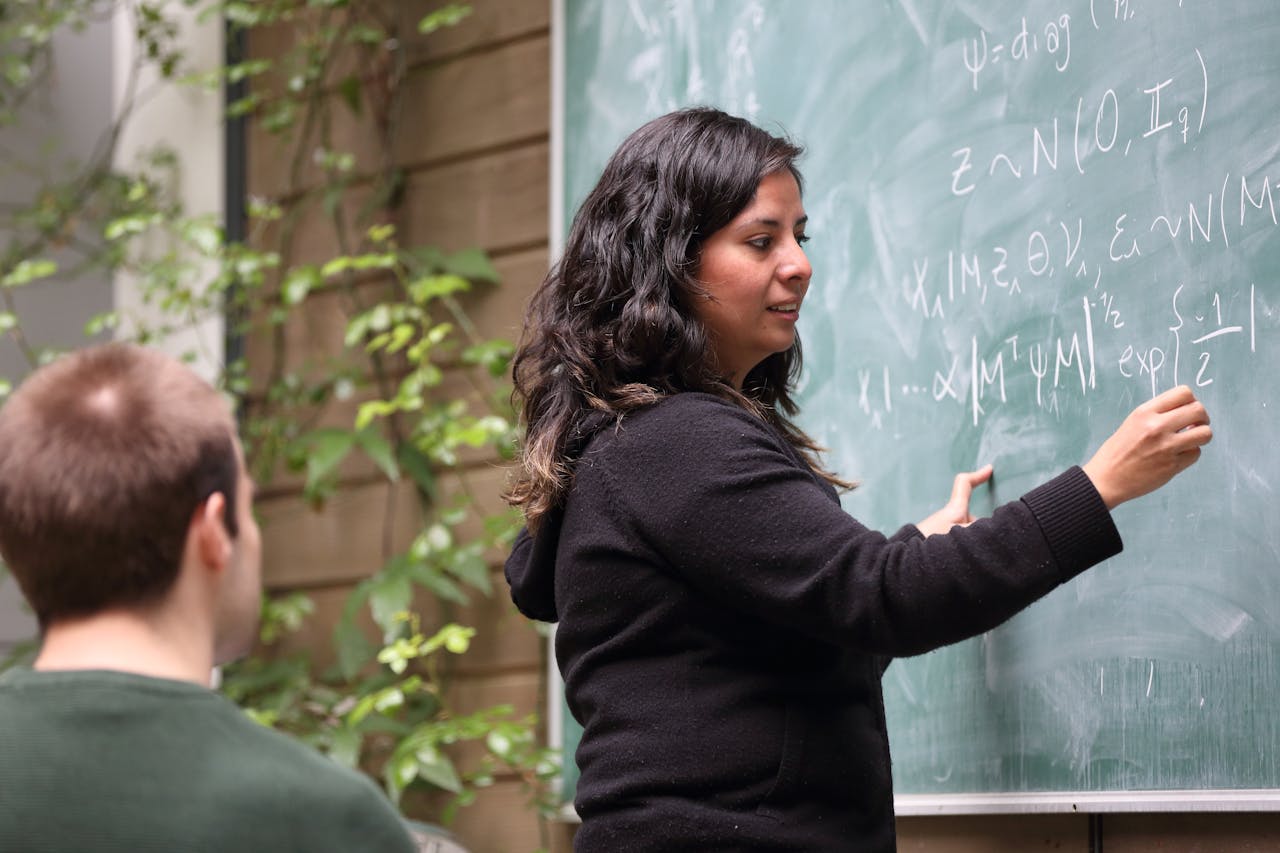How will this help disadvantaged learners?
Admissions teams at various universities are able to provide UCAS with a list of available courses as well as the grade requirements for each course. This will prevent students being matched to courses that they do not have the grades for. At the same time, ‘providers [can] define the students they want to reach, including targeting by measures of disadvantage’. By setting their own acceptance criteria, universities will be able to choose certain measures, such as POLAR or ACORN data (and the Scottish/Welsh equivalents) to ‘effectively reach underrepresented applicants, helping them to achieve a diverse student population’.
The data behind the ‘matches’, also referred to as the ‘algorithm’, takes into account mixed qualifications for students who have studied a range of both A level subjects and BTEC qualifications. This should make it easier for students to see which courses they can choose and which universities accept their combination of qualifications.
If you are interested in hearing more about how each applicant is given a ‘match score’, based on their attainment, course choices and previous application and acceptance data, you can find further details here.
It’s important to remember that although Clearing Plus simplifies the Clearing process and offers digital support in a time when in-person support is challenging, other factors and preferences are considered when students make their university choices and these should not be overlooked in the stress of results day. If students would prefer to speak to the university itself to confirm details or to discuss course details, they should still be advised to do so.




